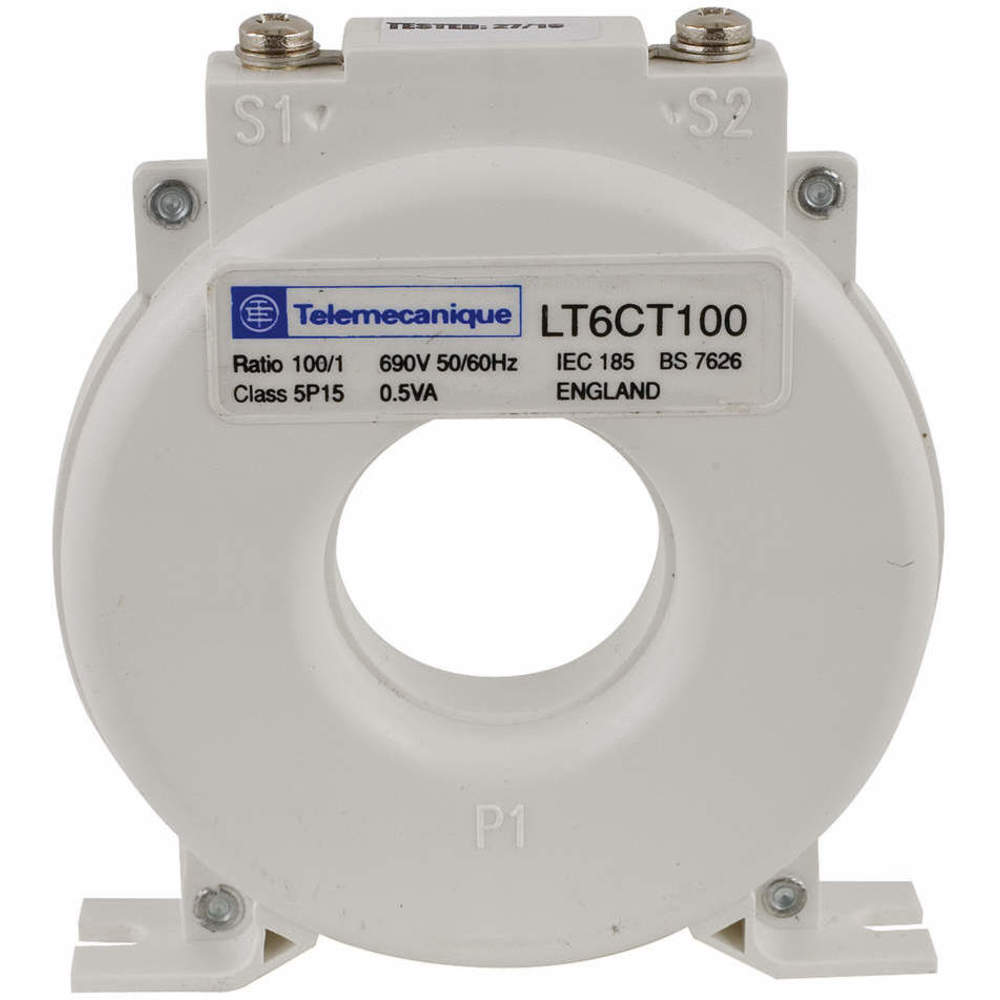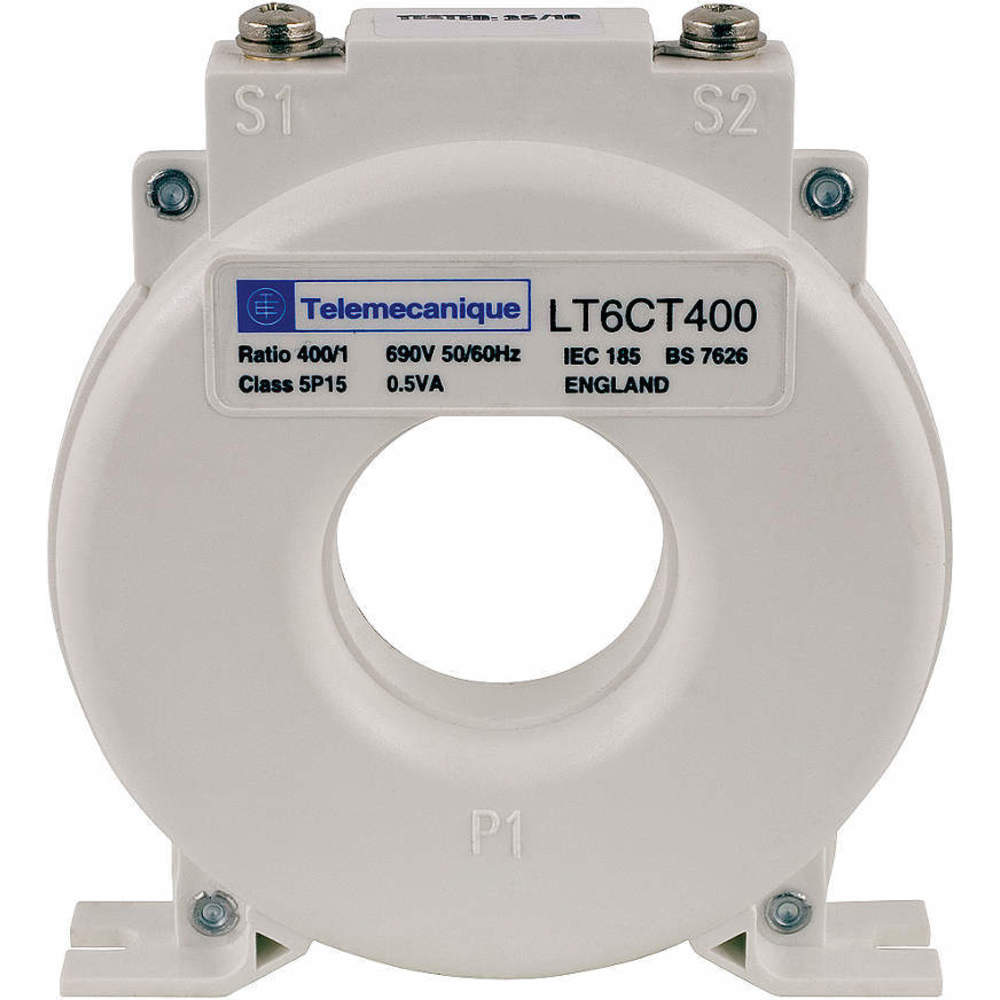Schneider Electric current transformer Tesys T measure electrical currents accurately and safely. They are utilised in switchgear panels, motor control centers and power distribution systems. These ...Read More
Schneider Electric current transformer Tesys T measure electrical currents accurately and safely. They are utilised in switchgear panels, motor control centers and power distribution systems. These current transformers (CTs) step down high currents to manageable levels for measurement and protection purposes. Read Less
 Change Country
Change Country

